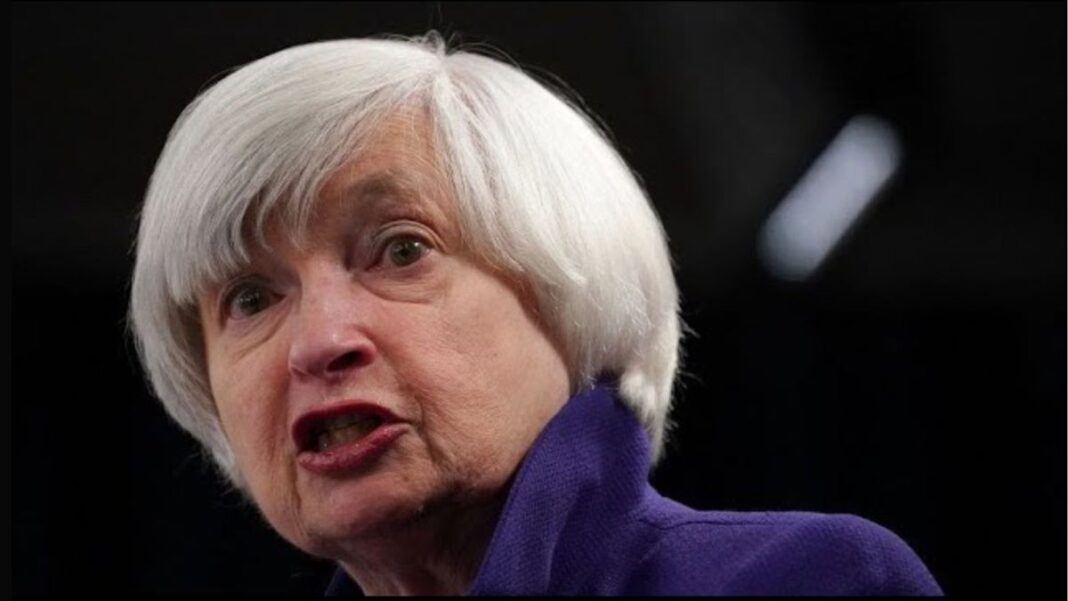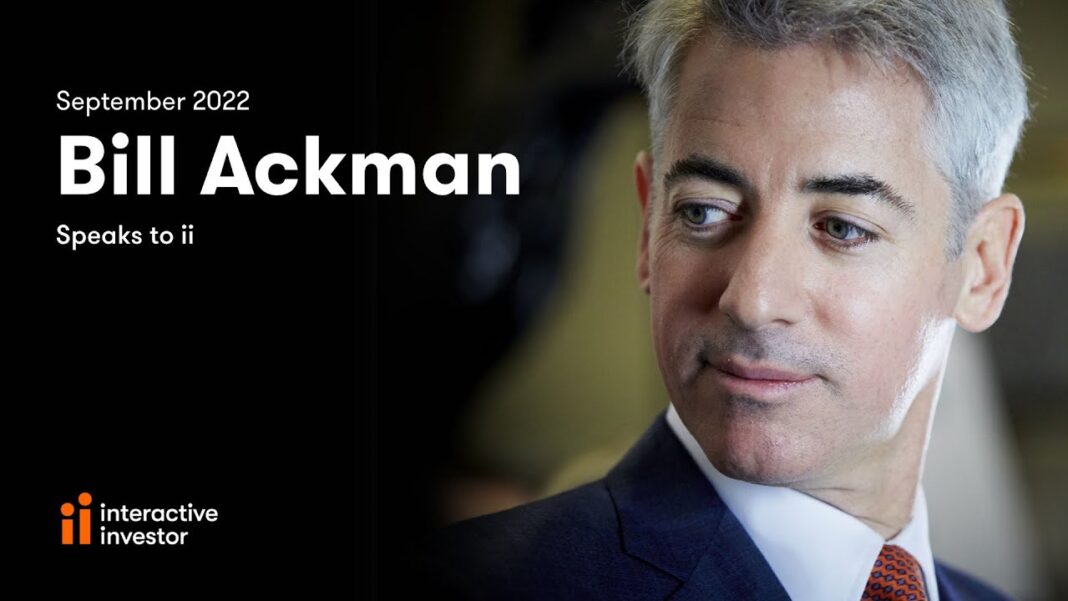
Beginning on Monday, depositors will be able to access all of their funds, regulators announce
Banking regulators announced an emergency measure on Sunday to fully protect deposits at Silicon Valley Bank, a critical move in averting a panic over the bank’s collapse.
U.S. Treasury Department, the Federal Reserve, and the Federal Deposit Insurance Corporation (FDIC) have revealed the plan in a joint statement.
“Today we are taking decisive actions to protect the U.S. economy by strengthening public confidence in our banking system,” the statement read.
Treasury Secretary Janet Yellen, after consulting with the president and regulators, has authorized the plan that “fully protects all depositors.”
Currently, the maximum amount of protection provided by the FDIC to any one depositor is $250,000. However, under the new plan, all deposits, both insured and uninsured, will be protected.
“Depositors will have access to all of their money starting Monday, March 13. No losses associated with the resolution of Silicon Valley Bank will be borne by the taxpayer,” according to the statement.
“Shareholders and certain unsecured debtholders will not be protected. Senior management has also been removed. Any losses to the Deposit Insurance Fund to support uninsured depositors will be recovered by a special assessment on banks, as required by law.”
Regulators also announced a similar measure for New York-based Signature Bank, which was closed on Sunday by the state chartering authority.
“All depositors of this institution will be made whole,” the joint statement said.
In addition, the Fed announced on Sunday that it will make extra funding available to eligible depository institutions to help ensure banks can satisfy the requirements of all their depositors.
“The Federal Reserve is prepared to address any liquidity pressures that may arise,” the Fed’s statement said.
As part of the efforts to avert a banking crisis, the central bank announced the establishment of a new Bank Term Funding Program (BTFP) targeted at protecting deposits at failed institutions.
The Treasury Department will “make available up to $25 billion from the Exchange Stabilization Fund as a backstop for the BTFP,” the central bank announced.
By Emel Akan








